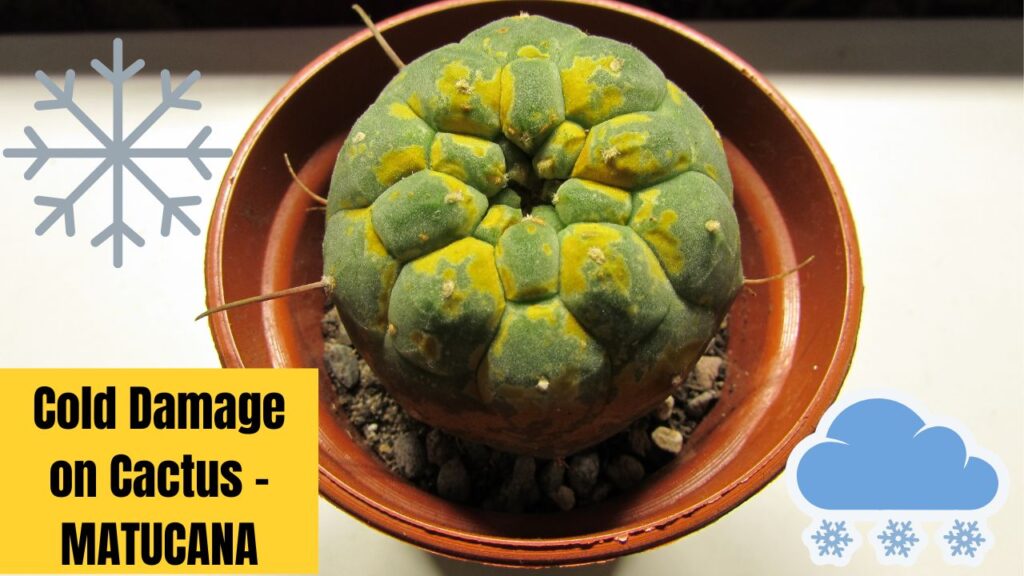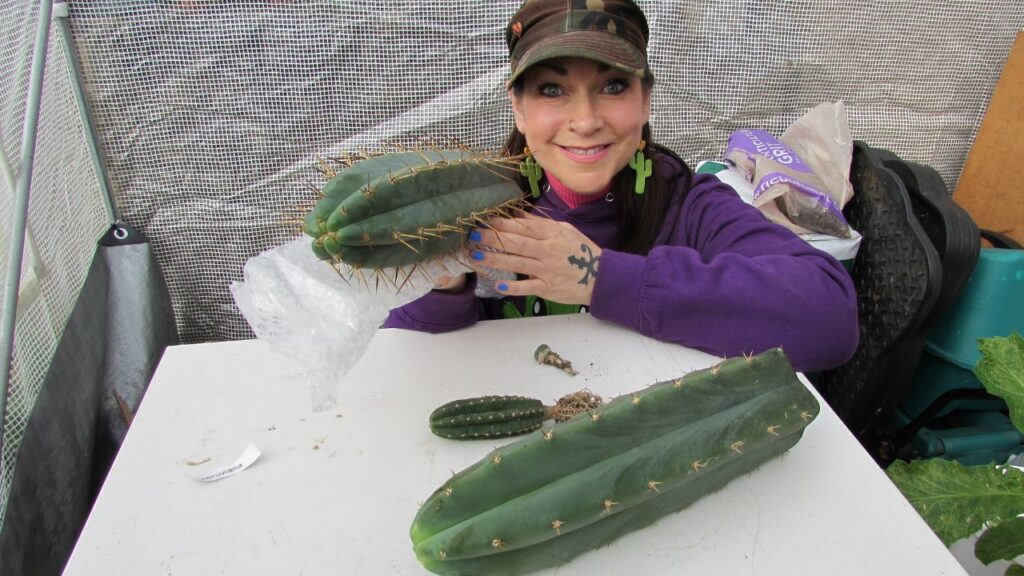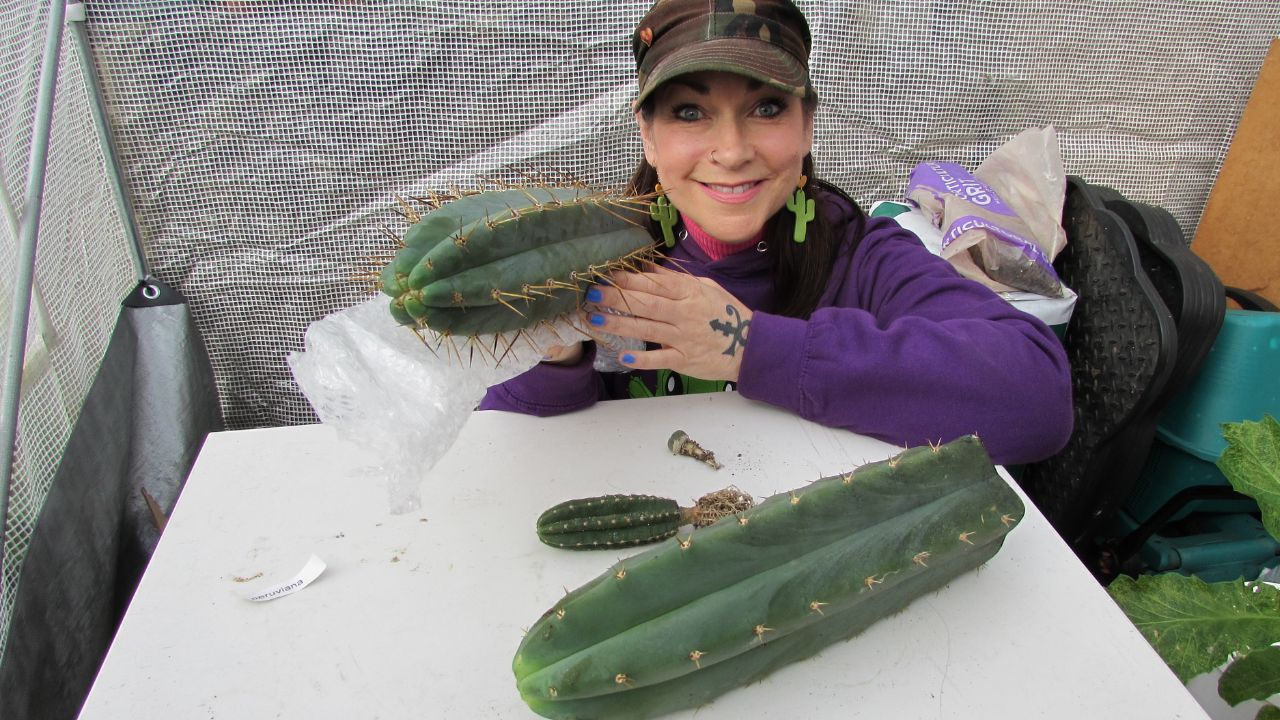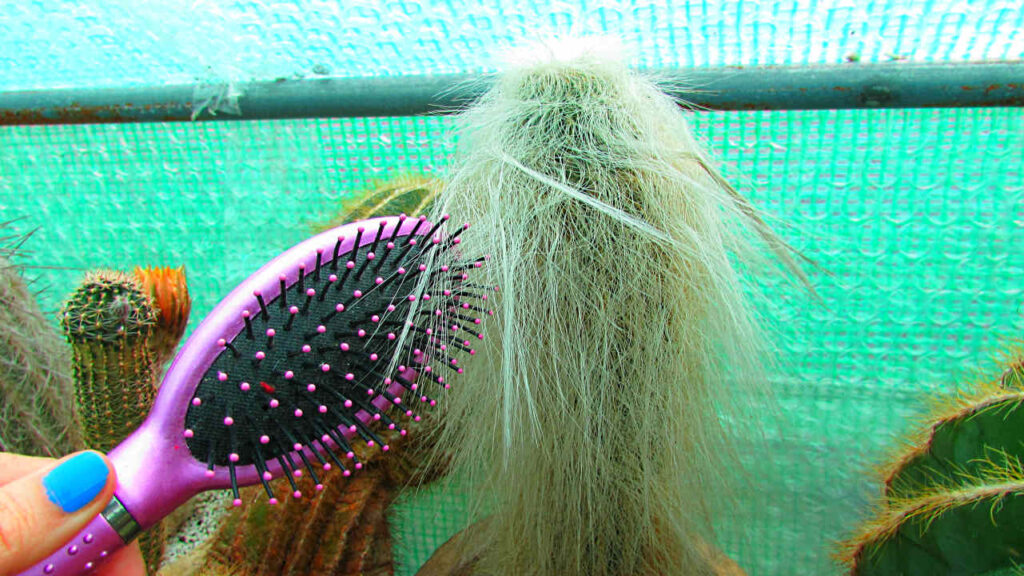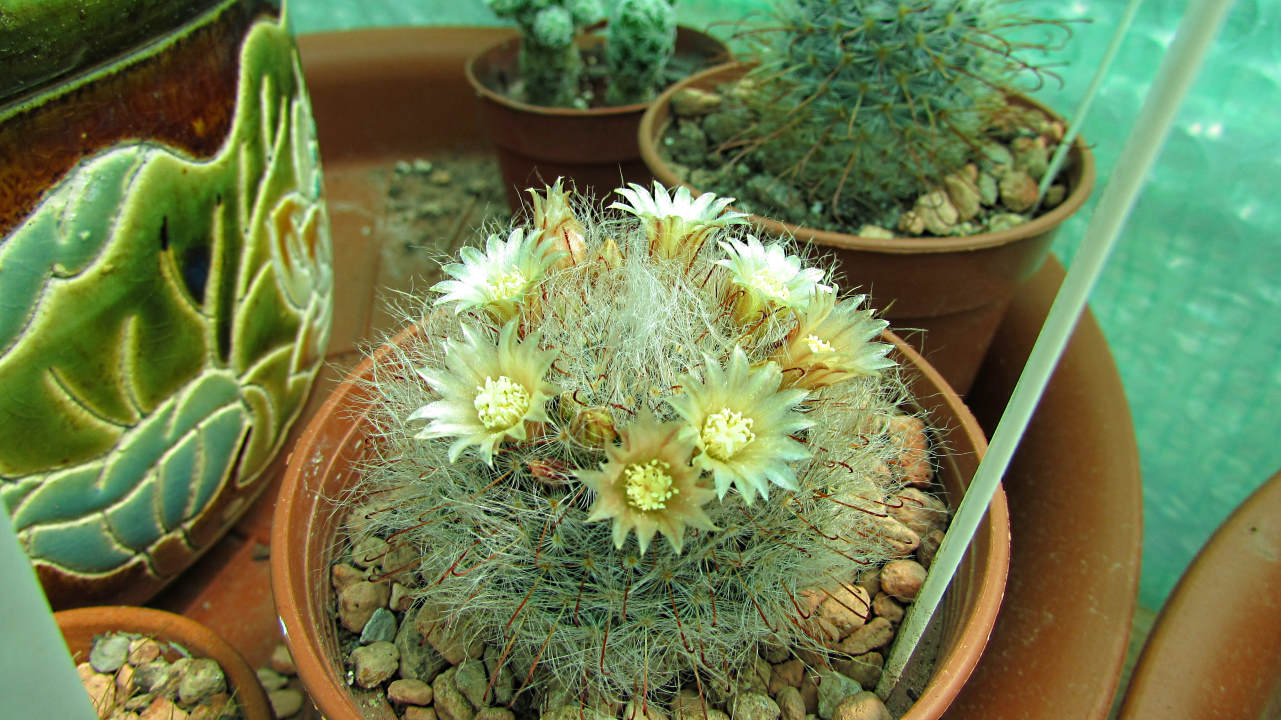Hi Guys 😀
In this Article I will be talking about cold damage on Matucana Cactus plants, what causes it, what it looks like and how to treat it and to prevent it from happening again.
For lots of Tips and Tricks on growing Cacti and Succulents please check out my You Tube Channel called Desert Plants of Avalon and don’t forget to Subscribe.
A little bit about Matucana Cacti
Matucana are a genus of Cacti that are mostly globular, but can become more columnar as they age, these cacti are mostly solitary, but some may form clumps as they mature.
There are approximately 20 species of Matucana in this Genus
Matucana are only found growing naturally in their habitat in Peru, they grow at altitudes from 6,000 to 13,000 feet in the Andes Mountains, and although these cacti are getting more popular to grow in cultivation, in its natural Habitat in Peru it is getting more critically endangered.
The flowers on Matucana are very beautiful and can be red, pink, yellow or orange, but red is the most commonly seen flower colour, ( see image below ). These cacti will flower from about 3-5 years old when grown from seed.

Stay tuned for a special care video on Matucana coming up in the next few weeks on my You Tube Channel called Desert Plants of Avalon, where I will be sharing care tips and tricks on How to grow Matucana.
Cold Damage on Matucana & the Causes
I grow quite a few Matucana in my collection and although ideally they prefer to overwinter at a Winter temperature no lower than 10c / 50F , I do find that as long as my Matucana cacti are kept totally dry with no water given at all from mid September until April then they overwinter in my Polytunnel with no problems at temperatures no lower than 5c /41F .
However this Winter was a bit of a different one and I know there will be a lot of other growers that will agree with me, this Winter was unusually a lot colder in December in the U.K and Ireland and I know a lot of growers in Europe and in the U.S also experienced colder than normal temperatures this Winter, with mnay below freezing day and night temps, due to these very low temps my electric heater in my polytunnel struggled to keep the minimum temperature inside of the polytunnel at 5c /41F and instead the air temperature inside my polytunnel stayed around 2-3c / 35-36F for most of the two weeks of very cold weather we had in December, on a positive note the temperature kept above freezing in my polytunel and the majority of my plants seem to have come through pretty much O.K except for one of my smaller Matucanas, a Matucana Madisonorum.
After the icy cold weather I checked over all of my cacti, and I noticed yellowish orange patches had appeared on top of my smallest Matucana madisonorum, at first I thought it was a fungus, the most common one being Rust Fungus and I decided to bring it inside the house and isolate it and treat it with a systemic fungicide spray, but after checking out a few cactus groups on Facebook I realised that there were quite a few other growers also experiencing this on their Matucana cacti too, especially Matucana madisonorum, many of these growers had grown these plants for years and just like me this was the first year they had encountered these strange yellow/ orange patches on their Matucana, my Friend Ziggy on You Tube also had exactly the same thing happen on his Matucana madisonorum too, so now we all know that its was due to cold damage and what caused the cold damage was the temperatures dropping too low for this particular type of Cactus.

How to treat
As soon as you notice this type of cold damage on your Matucana cactus move it inside to a warmer position straight away, a bright position in a room with a temperature above 10c /50F is best, because this is due to cold damage it will not spread to your other plants, but if you are not 100% sure that what your cactus has is due to this cold damage then it may be best to isolate it from your other plants, there is nothing you can use to get rid of the yellow /orange marks, but moving the cactus into a warm room or position will help to heal up the markings and the good news is this unsightly looking yellow/orange blotching is only on the epidermis of the cactus skin and is more of an aesthetic problem and should not infect the inside of the cactus, the yellow /orange blotches will eventually go white and in time the cactus should make a great recovery.
How to Prevent
The best way to prevent this from happening again to your Matucana cactus is to overwinter it at a winter temperature ideally no lower than 8-10 c / 48-50F, if your greenhouse /polytunnel is unheated then its best to bring inside your Matucana if colder than average winter weather is predicted.
The majority of my Cacti including my Matucana seem to overwinter perfectly fine if kept at an absolute minimum temperature of 5c /41F and kept totally dry all through the Winter, but this Winter was an exception due to the extra cold temperatures we experienced, all my other Matucana seem to have got through the cold weather all safe, but they are a lot more mature ( 15 -20 years old ) the little one that got cold damage was around 5 years old.
I have made a video on my Cactus and Succulent You Tube Channel called Desert Plants of Avalon showing you what Cold Damage looks like on Matucana Cacti and you can watch this video Below:
For lots of Tips and Tricks on growing Cacti and Succulents please check out my You Tube Channel called Desert Plants of Avalon and don’t forget to Subscribe.
